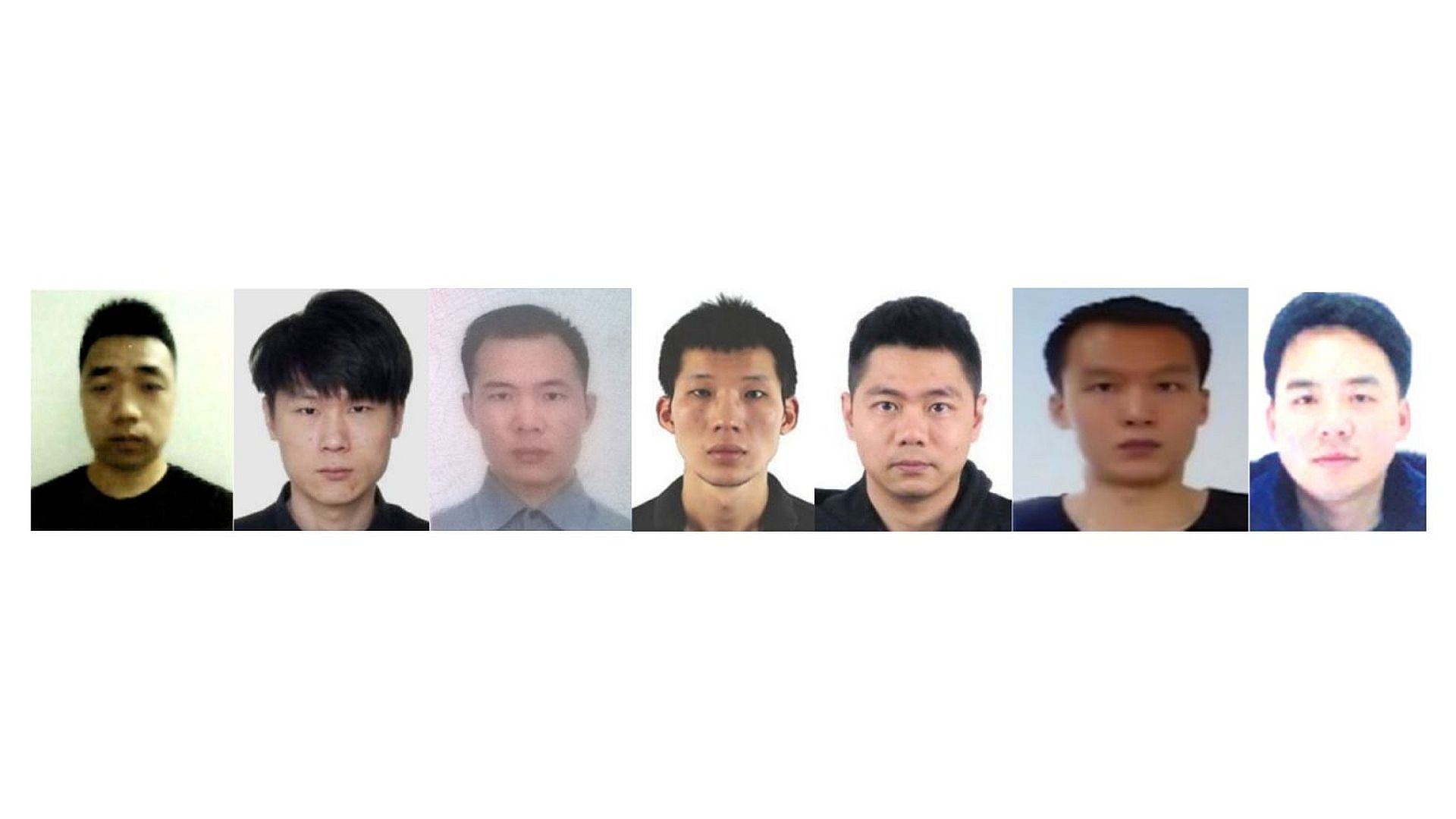Recent news from the United States Department of Justice (DOJ) and FBI has uncovered something alarming: a sophisticated network of cyber operations coming from China. According to the US State Department, seven Chinese hackers behind this web. Now, they’re offering a whopping $10 million reward to anyone who can help catch them.
Want to find out how it works, who it affects, what’s being done to stop it, and who these hackers are? We’ve explained everything known so far about this cybersecurity threat.
Cracking the code
The Chinese hacking web, as revealed by recent disclosures from the United States Department of Justice (DOJ) and FBI, represents a sophisticated and extensive network of cyber operations orchestrated by Chinese nationals.

Here’s a detailed breakdown of its components and implications:
How it works
This cyber operation is not a one-time thing; it’s been going on for a long time, stretching over 14 years. It’s not just a few individuals working independently either; there’s evidence suggesting that the Chinese government might be involved or supporting these activities.
These hackers are sneaky. They use tricks like sending fake emails to trick people into giving away important information or downloading harmful files. Once they get in, they use advanced software to steal data or mess with computer systems. And they’re not just randomly targeting anyone – they go after specific people, like government officials, critics of China, and big business leaders.
Who gets hurt
Their reach isn’t limited to one place; they’ve targeted people all over the world. The damage they cause is serious. People’s personal information can be stolen, leading to identity theft or fraud. Businesses can lose valuable ideas and inventions, making it harder for them to compete globally. Sometimes, they even demand money from their victims to stop the attacks or to keep stolen information secret.
Why they do it
Governments and organizations are fighting back. They’re publicly naming and shaming the hackers, putting pressure on them to stop. The US State Department published names and photos of suspected attackers in a statement. The defendants are Ni Gaobin (倪高彬), 38; Weng Ming (翁明), 37; Cheng Feng (程锋), 34; Peng Yaowen (彭耀文), 38; Sun Xiaohui (孙小辉), 38; Xiong Wang (熊旺), 35; and Zhao Guangzong (赵光宗), 38. All are believed to reside in the PRC.

The seven individuals reportedly dispatched more than 10,000 “malicious emails, affecting thousands of victims worldwide,” according to the Justice Department, labeling it a “highly active global hacking campaign” supported by the Chinese government. The US State Department unveiled a bounty of up to $10 million (£8 million) for any leads on the whereabouts or identities of the seven individuals.
People are also stepping up their online security, using better passwords, and being careful about what they click on.
What’s being done
In response to these cyber threats, governments and organizations are implementing countermeasures such as:
- Public indictments: The public disclosure of indictments aims to identify and hold accountable those responsible for cyber attacks.
- Enhanced cybersecurity measures: Governments and businesses are bolstering their cybersecurity defenses, including implementing stronger authentication mechanisms, regularly updating software, and conducting comprehensive security assessments.
Future
The Chinese hacking web represents a sophisticated and pervasive cyber threat with far-reaching implications for individuals, businesses, and governments worldwide. Understanding its structure, tactics, and motives is crucial for developing effective countermeasures and safeguarding against future attacks.
Collaboration between nations, organizations, and cybersecurity experts is essential in combating this evolving threat landscape and ensuring a secure digital environment for all.
Featured image credit: Eray Eliaçık/Bing
- SEO Powered Content & PR Distribution. Get Amplified Today.
- PlatoData.Network Vertical Generative Ai. Empower Yourself. Access Here.
- PlatoAiStream. Web3 Intelligence. Knowledge Amplified. Access Here.
- PlatoESG. Carbon, CleanTech, Energy, Environment, Solar, Waste Management. Access Here.
- PlatoHealth. Biotech and Clinical Trials Intelligence. Access Here.
- Source: https://dataconomy.com/2024/03/26/seven-suspects-10-million-reward-usa-wants-these-chinese-hackers/



